 The other night I was watching HAIR, and I was struck by the structural / thematic nearness of this film to the more recent ACROSS THE UNIVERSE. In my film studies class, we analyze film according to decade, identifying dynamic characteristics, influences, changes, and popularity, keeping in mind internal structural changes within the Hollywood "machine" that causes one film to be made over another. When we get to the 70’s, we discuss the “rock opera” and how it becomes a genre unique to the twentieth century art of filmmaking, combining music originating in the 50’s with the experimental / artistic film muscle of the 70’s. The question always arises, what is the first rock opera, and how do we define it? Ultimately the argument of what to include and what not to include (categorically speaking) pivots on quantitative and qualitative issues: how much does the music tell the story (as opposed to dialogue), and just what constitutes rock music itself. I.e., at what point does a rock opera become a rock opera and not just a musical? There’s not much argument that the first “true” rock opera is Jesus Christ Superstar (1973) followed by Tommy (1975) by the Who, and later Quadrophenia (1979) (also by the Who). But what about Yellow Submarine and Sgt. Pepper’s Lonely Heart’s Club Band? (featuring music by the Beatles) or Across the Universe (also featuring Beatles’ music). What about Mamma Mia (ABBA)? Merriam Webster’s online dictionary defines opera as “a drama set to music and made up of vocal pieces with orchestral accompaniment and orchestral overtures and interludes.” Not much help there; my inclination is that a) the music must play a large role in the movie and also progress the storyline in a direct manner and b) the music must be rock music. This tends to leave out Elvis movies (not because of type but because songs are relatively interchangeable) but definitely includes Moulin Rouge (which features all kinds of rock music).
The other night I was watching HAIR, and I was struck by the structural / thematic nearness of this film to the more recent ACROSS THE UNIVERSE. In my film studies class, we analyze film according to decade, identifying dynamic characteristics, influences, changes, and popularity, keeping in mind internal structural changes within the Hollywood "machine" that causes one film to be made over another. When we get to the 70’s, we discuss the “rock opera” and how it becomes a genre unique to the twentieth century art of filmmaking, combining music originating in the 50’s with the experimental / artistic film muscle of the 70’s. The question always arises, what is the first rock opera, and how do we define it? Ultimately the argument of what to include and what not to include (categorically speaking) pivots on quantitative and qualitative issues: how much does the music tell the story (as opposed to dialogue), and just what constitutes rock music itself. I.e., at what point does a rock opera become a rock opera and not just a musical? There’s not much argument that the first “true” rock opera is Jesus Christ Superstar (1973) followed by Tommy (1975) by the Who, and later Quadrophenia (1979) (also by the Who). But what about Yellow Submarine and Sgt. Pepper’s Lonely Heart’s Club Band? (featuring music by the Beatles) or Across the Universe (also featuring Beatles’ music). What about Mamma Mia (ABBA)? Merriam Webster’s online dictionary defines opera as “a drama set to music and made up of vocal pieces with orchestral accompaniment and orchestral overtures and interludes.” Not much help there; my inclination is that a) the music must play a large role in the movie and also progress the storyline in a direct manner and b) the music must be rock music. This tends to leave out Elvis movies (not because of type but because songs are relatively interchangeable) but definitely includes Moulin Rouge (which features all kinds of rock music).

Monday, January 5, 2009
 The other night I was watching HAIR, and I was struck by the structural / thematic nearness of this film to the more recent ACROSS THE UNIVERSE. In my film studies class, we analyze film according to decade, identifying dynamic characteristics, influences, changes, and popularity, keeping in mind internal structural changes within the Hollywood "machine" that causes one film to be made over another. When we get to the 70’s, we discuss the “rock opera” and how it becomes a genre unique to the twentieth century art of filmmaking, combining music originating in the 50’s with the experimental / artistic film muscle of the 70’s. The question always arises, what is the first rock opera, and how do we define it? Ultimately the argument of what to include and what not to include (categorically speaking) pivots on quantitative and qualitative issues: how much does the music tell the story (as opposed to dialogue), and just what constitutes rock music itself. I.e., at what point does a rock opera become a rock opera and not just a musical? There’s not much argument that the first “true” rock opera is Jesus Christ Superstar (1973) followed by Tommy (1975) by the Who, and later Quadrophenia (1979) (also by the Who). But what about Yellow Submarine and Sgt. Pepper’s Lonely Heart’s Club Band? (featuring music by the Beatles) or Across the Universe (also featuring Beatles’ music). What about Mamma Mia (ABBA)? Merriam Webster’s online dictionary defines opera as “a drama set to music and made up of vocal pieces with orchestral accompaniment and orchestral overtures and interludes.” Not much help there; my inclination is that a) the music must play a large role in the movie and also progress the storyline in a direct manner and b) the music must be rock music. This tends to leave out Elvis movies (not because of type but because songs are relatively interchangeable) but definitely includes Moulin Rouge (which features all kinds of rock music).
The other night I was watching HAIR, and I was struck by the structural / thematic nearness of this film to the more recent ACROSS THE UNIVERSE. In my film studies class, we analyze film according to decade, identifying dynamic characteristics, influences, changes, and popularity, keeping in mind internal structural changes within the Hollywood "machine" that causes one film to be made over another. When we get to the 70’s, we discuss the “rock opera” and how it becomes a genre unique to the twentieth century art of filmmaking, combining music originating in the 50’s with the experimental / artistic film muscle of the 70’s. The question always arises, what is the first rock opera, and how do we define it? Ultimately the argument of what to include and what not to include (categorically speaking) pivots on quantitative and qualitative issues: how much does the music tell the story (as opposed to dialogue), and just what constitutes rock music itself. I.e., at what point does a rock opera become a rock opera and not just a musical? There’s not much argument that the first “true” rock opera is Jesus Christ Superstar (1973) followed by Tommy (1975) by the Who, and later Quadrophenia (1979) (also by the Who). But what about Yellow Submarine and Sgt. Pepper’s Lonely Heart’s Club Band? (featuring music by the Beatles) or Across the Universe (also featuring Beatles’ music). What about Mamma Mia (ABBA)? Merriam Webster’s online dictionary defines opera as “a drama set to music and made up of vocal pieces with orchestral accompaniment and orchestral overtures and interludes.” Not much help there; my inclination is that a) the music must play a large role in the movie and also progress the storyline in a direct manner and b) the music must be rock music. This tends to leave out Elvis movies (not because of type but because songs are relatively interchangeable) but definitely includes Moulin Rouge (which features all kinds of rock music).
Subscribe to:
Post Comments (Atom)





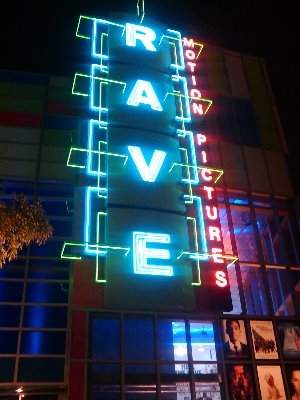



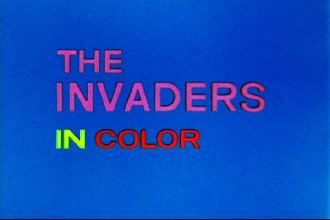

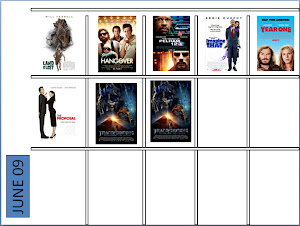
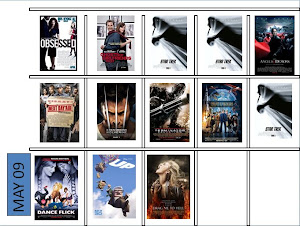
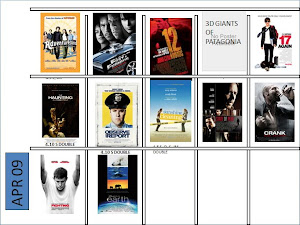

No comments:
Post a Comment